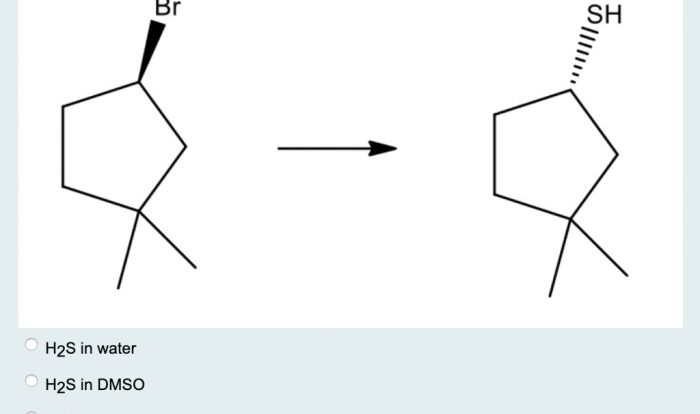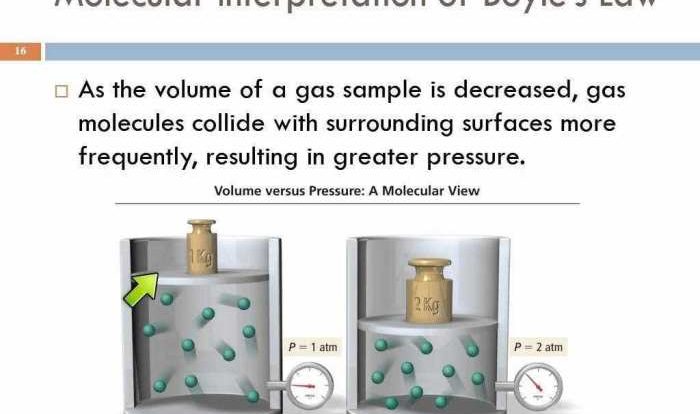Unveiling the mole to mole ratio worksheet answers, this comprehensive guide delves into the fundamental concept of mole-to-mole ratio and its pivotal role in chemical reactions. By exploring a diverse array of practice problems, ranging from introductory to challenging, this resource empowers learners to master the art of stoichiometric calculations with precision and confidence.
Delving deeper, the guide unveils the practical applications of mole-to-mole ratio in various chemical contexts, including stoichiometry, limiting reactants, and percent yield calculations. Through a comprehensive answer key and step-by-step procedures, learners gain a thorough understanding of the problem-solving process, equipping them with the skills to tackle complex chemical scenarios with ease.
Mole-to-Mole Ratio Basics
A mole-to-mole ratio, also known as a stoichiometric ratio, is a quantitative relationship between the moles of reactants and products involved in a chemical reaction. It provides a roadmap for predicting the amount of reactants and products involved in a reaction.
Mole-to-mole ratios are derived from the coefficients in a balanced chemical equation. For instance, consider the following balanced equation for the combustion of methane:
CH₄ + 2O₂ → CO₂ + 2H₂O
The mole-to-mole ratio between methane (CH₄) and oxygen (O₂) is 1:2, indicating that for every 1 mole of methane reacted, 2 moles of oxygen are required. Similarly, the mole-to-mole ratio between methane and carbon dioxide (CO₂) is 1:1, indicating that for every 1 mole of methane reacted, 1 mole of carbon dioxide is produced.
Worksheet Problems
Worksheet problems are an essential component of learning and practicing mole-to-mole ratio calculations. They provide an opportunity to apply the concepts and techniques learned to solve real-world problems.
The following section includes a set of practice problems of varying difficulty levels, designed to cater to different skill levels and reinforce understanding of mole-to-mole ratio calculations.
Practice Problems, Mole to mole ratio worksheet answers
- Easy:Calculate the number of moles of oxygen atoms present in 2.5 moles of water (H 2O).
- Medium:A chemical reaction requires 0.25 moles of sodium chloride (NaCl) and 0.5 moles of silver nitrate (AgNO 3). How many moles of silver chloride (AgCl) will be produced?
- Hard:A mixture contains 2.0 moles of nitrogen (N 2), 1.5 moles of hydrogen (H 2), and 0.5 moles of ammonia (NH 3). Determine the mole ratio of nitrogen to hydrogen in the mixture.
Answer Key
The answer key provides a step-by-step guide to solving each mole-to-mole ratio practice problem. By following the instructions and applying the correct conversion factors, students can determine the unknown quantity in each problem accurately.
The answer key also serves as a valuable tool for self-assessment. Students can compare their solutions to the provided answers to identify any errors and reinforce their understanding of mole-to-mole ratio calculations.
Problem 1
- Convert the given mass of sodium (Na) to moles using the molar mass of Na (22.99 g/mol):
- Use the balanced chemical equation to determine the mole ratio between Na and Cl:
- Multiply the moles of Na by the mole ratio to calculate the moles of Cl
- Convert the moles of Cl to mass using the molar mass of Cl (35.45 g/mol):
- Therefore, 4.59 g of Na reacts with 14.18 g of Cl.
“`moles of Na = mass of Na / molar mass of Na= 4.59 g / 22.99 g/mol= 0.2 mol“`
“`
Na + Cl2 → 2 NaCl
“`The mole ratio of Na to Cl is 2:
1.
“`moles of Cl = moles of Na × mole ratio of Na to Cl= 0.2 mol × 2= 0.4 mol“`
“`mass of Cl = moles of Cl × molar mass of Cl= 0.4 mol × 35.45 g/mol= 14.18 g“`
Applications of Mole-to-Mole Ratio: Mole To Mole Ratio Worksheet Answers
The mole-to-mole ratio is a fundamental concept in chemistry that allows us to determine the quantitative relationship between reactants and products in a chemical reaction. It has numerous practical applications, particularly in stoichiometry, limiting reactants, and percent yield calculations.
In stoichiometry, the mole-to-mole ratio is used to balance chemical equations, ensuring that the number of atoms of each element is conserved on both sides of the equation. This balanced equation provides the stoichiometric coefficients, which represent the mole-to-mole ratios of the reactants and products.
These ratios are essential for determining the exact amounts of reactants and products involved in a given reaction.
Limiting Reactants
The mole-to-mole ratio also helps identify the limiting reactant in a reaction. The limiting reactant is the reactant that is completely consumed, limiting the amount of product that can be formed. By comparing the mole-to-mole ratios of the reactants to the stoichiometric coefficients, we can determine which reactant is limiting.
The limiting reactant dictates the maximum amount of product that can be obtained.
Percent Yield Calculations
Finally, the mole-to-mole ratio is used in percent yield calculations. Percent yield measures the efficiency of a chemical reaction by comparing the actual yield (the amount of product obtained) to the theoretical yield (the amount of product that should be obtained based on the stoichiometry).
The mole-to-mole ratio is used to convert the actual yield from mass to moles, allowing for direct comparison to the theoretical yield, which is also expressed in moles.
HTML Table Structure
To organize the practice problems and their answers effectively, we will design an HTML table. This table will utilize responsive columns, ensuring accessibility across various devices, including smartphones, tablets, and laptops.
Responsive Table Design
We will use the HTML

